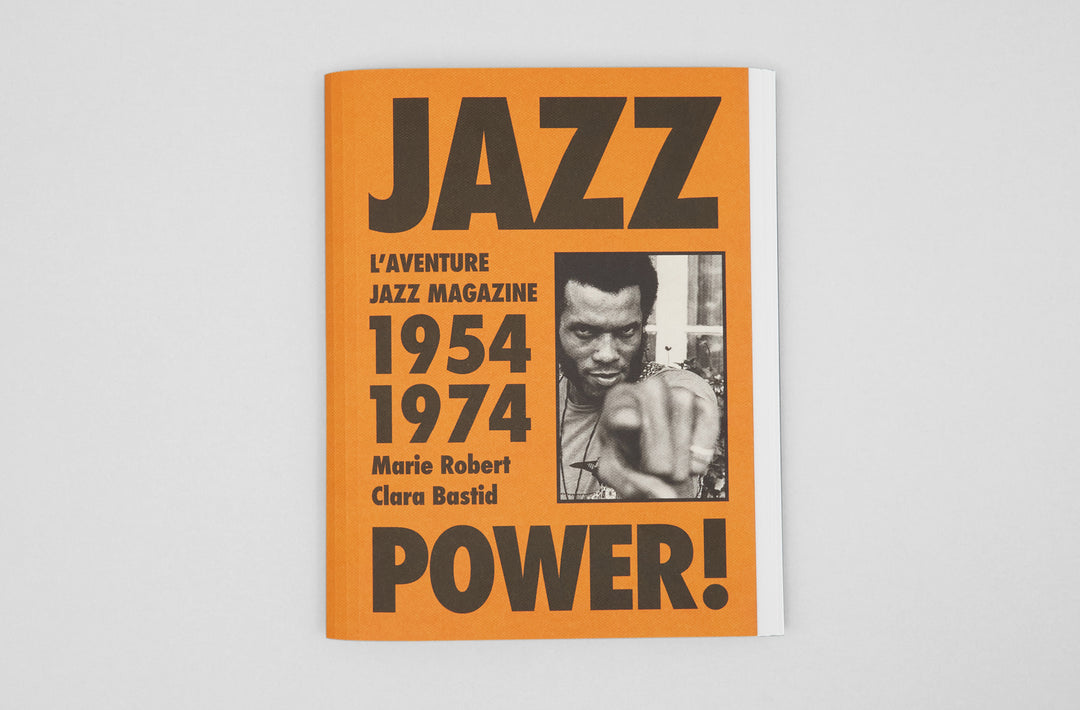
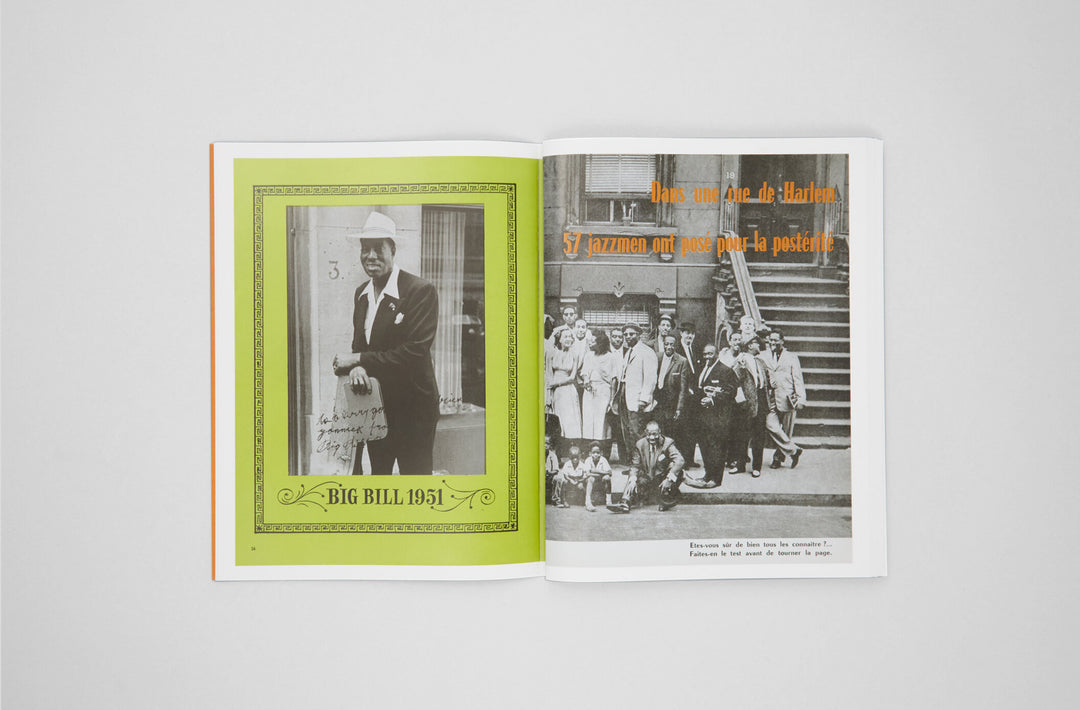
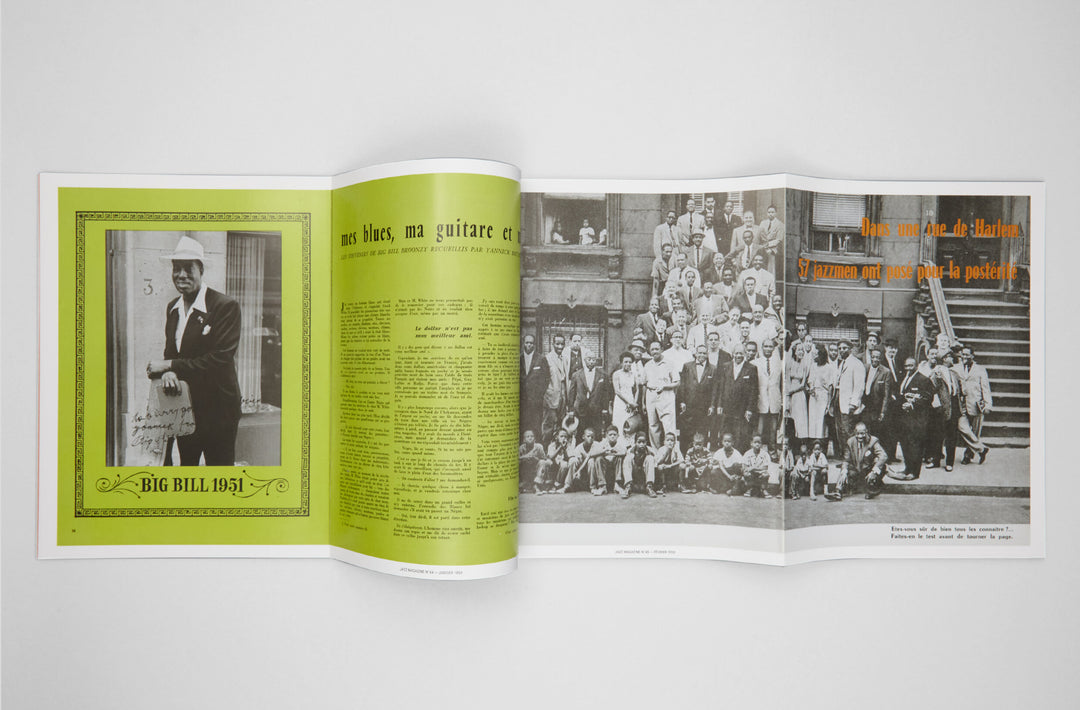
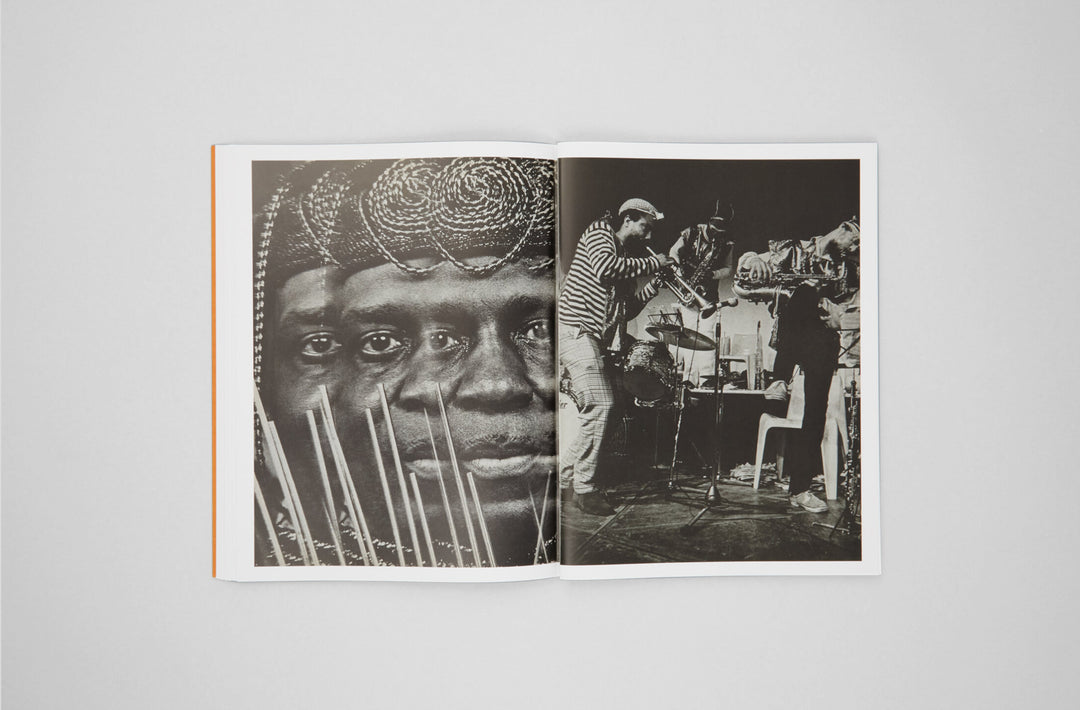
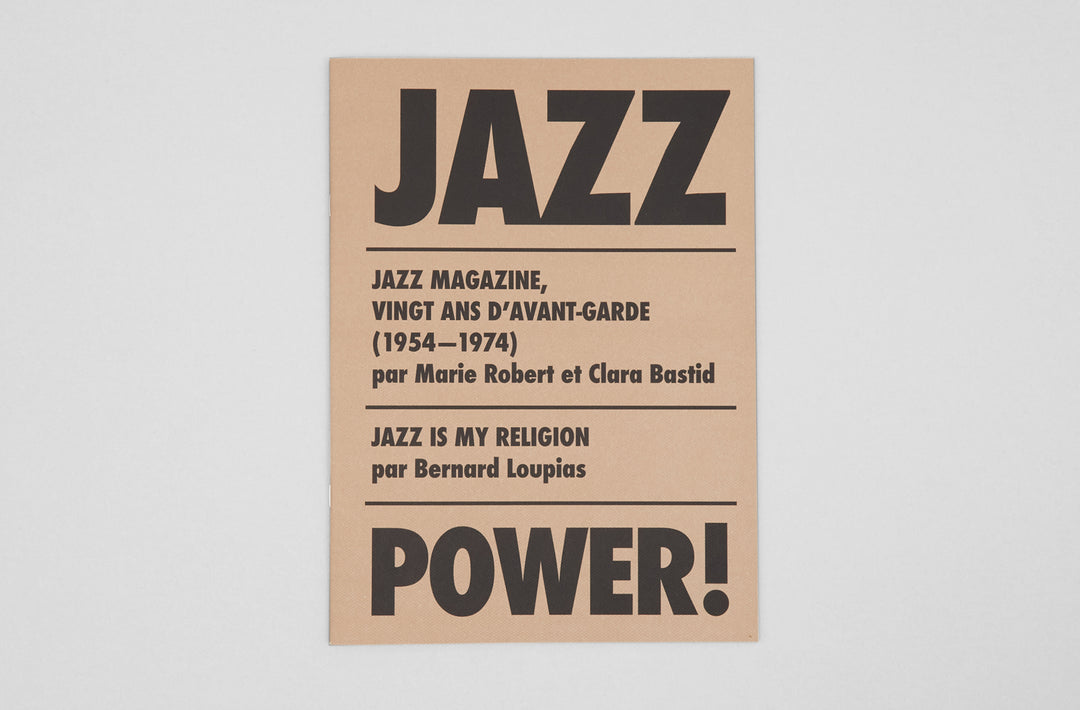
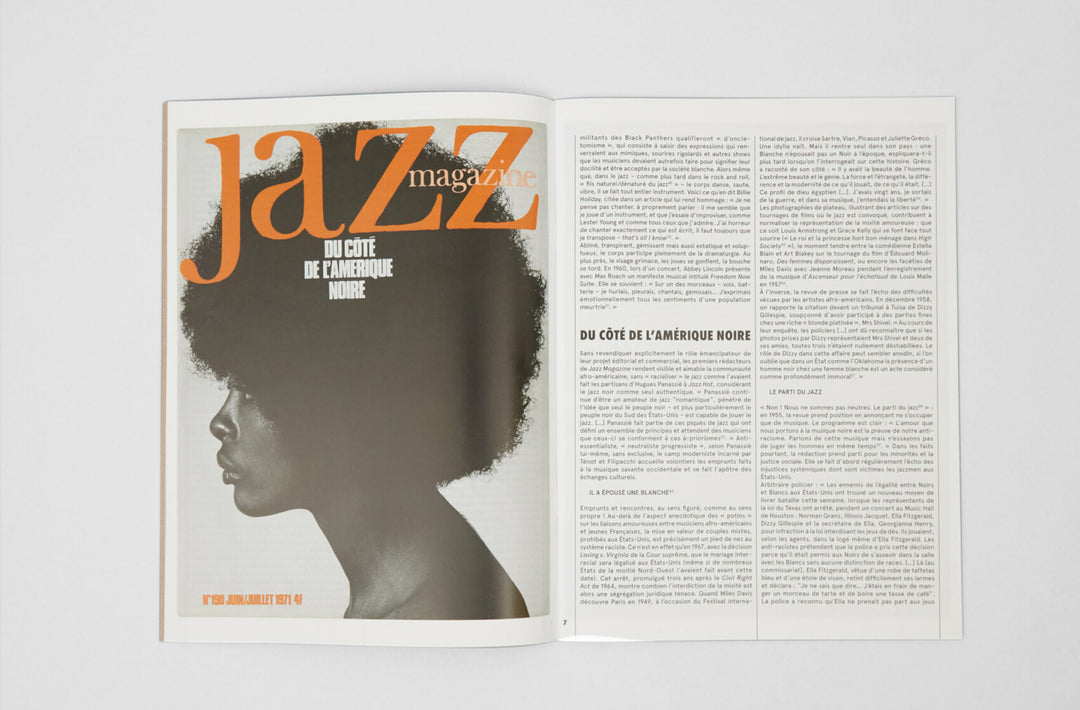
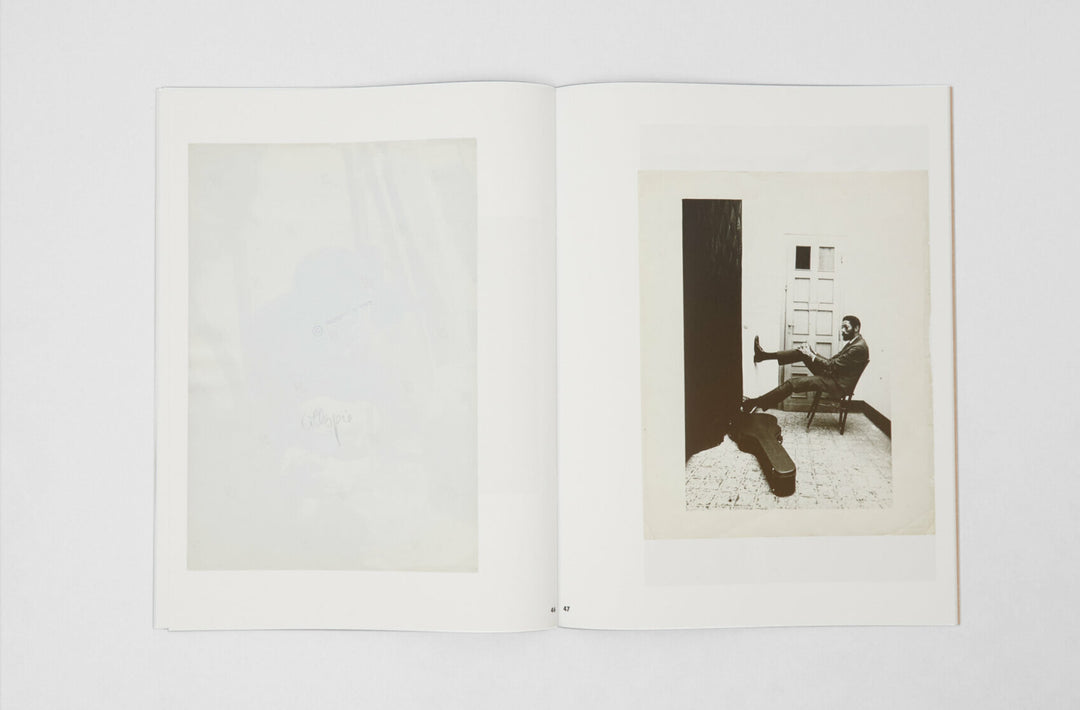
We will put jazz musicians in a situation where other magazines like Match put movie stars.
Daniel Filipacchi (1956)
Jazz power! retraces in images the first 20 years of Jazz Magazine (1954-1975), a French magazine which worked to develop the representation of black jazzwo.men and more broadly that of the African-American community in France.
At the time of the laws of racial segregation in the United States (in force until 1964) and the difficult process of decolonization initiated by France, rarely did French publications put African-Americans on the cover like Jazz Magazine with Billie Holiday, Abbey Lincoln, Mahalia Jackson, Thelonious Monk, Dizzie Gillespie or John Coltrane …
From the outset, the young team of the review, founded in 1954 by Nicole and Eddie Barclay, became the apostle of musical borrowings and cultural exchanges, ardently testifying to the struggles for civil rights in America, as well as the discrimination suffered by African-Americans on both sides of the Atlantic.
The monthly quickly became the field of experimentation and the position taken by the two editors in chief, from 1956, Frank Ténot and Daniel Filipacchi. Spirited and ambitious friends, fascinated by jazz and the African-American counter-culture, and surrounded by enthusiasts, they actively participate in the construction of “legends” in France. Over the course of two decades, they legitimized jazz as a cultural practice, consecrating it and revealing its eminently political dimension, which they disseminated to a young French audience, hedonistic and eager for American modernity.
French, Italian, German or American, dozens of photographers supply the magazine with images. The first often come from record companies (Barclay, Columbia, Atlantic, Riverside, Blue Note, etc.) and foreign correspondents, then from Filipacchi himself and his friends who work for Paris Match. Or Jean-Marie Périer who started out in 1957, still a teenager, as assistant to Filipacchi, or Horace, who just left us on April 20, 2021.
The book :
Designed to offer a graphic and rhythmic experience, the book recreates, thanks to its original manufacturing principle combining powerful double pages, archive images, extracts from texts and mythical covers, the richness and energy specific to these jazz years. With an additional notebook inserted, containing the authors’ texts, and a series of double-sided reproductions of prints of press photographs from the period, used to create the layouts of the magazine.
540pp, 224 x 297 mm
Texts by Marie Robert and Clara Bastid in french
Essay by Bernard Loupias in french
Published by delpire & co, June 2021